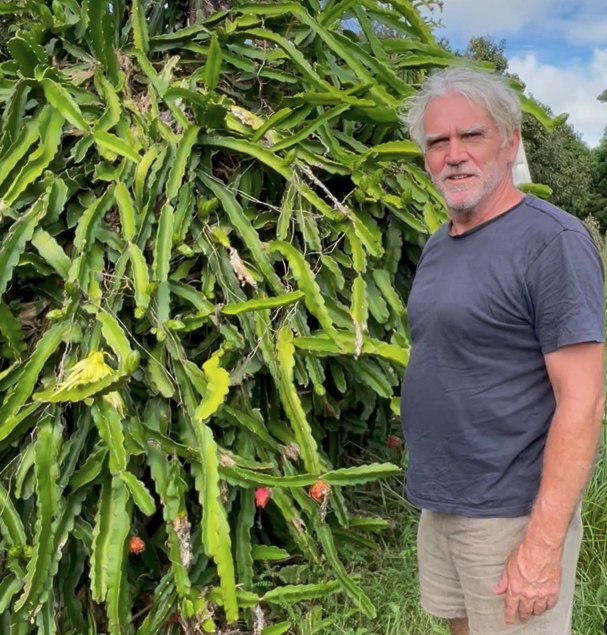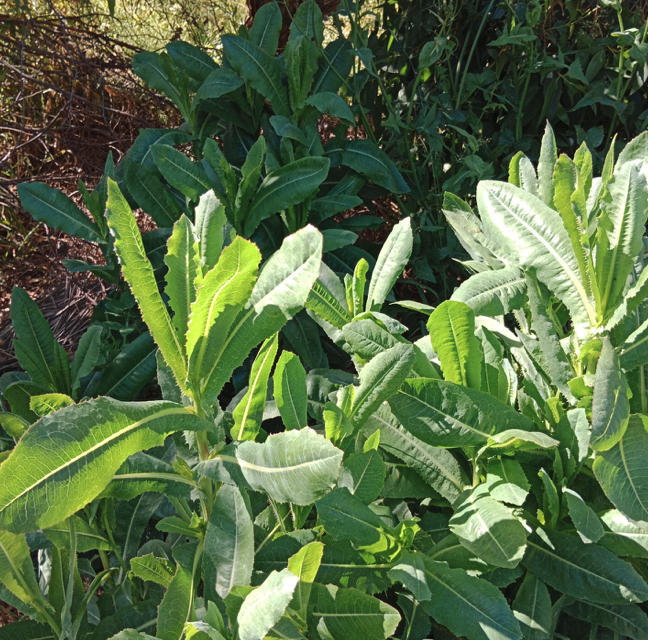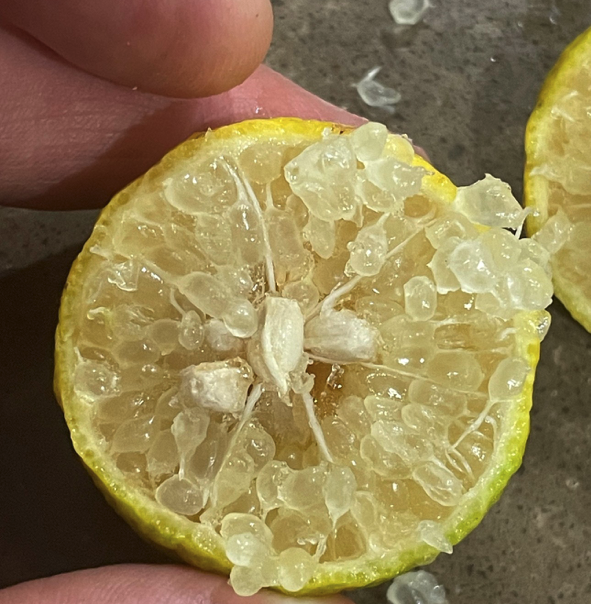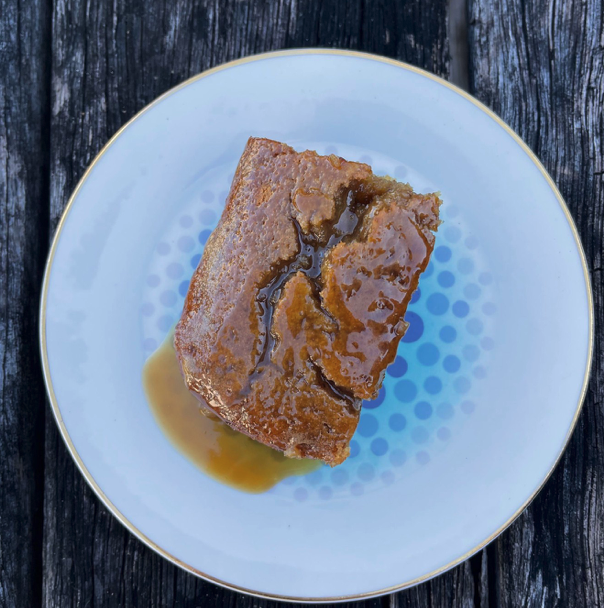
Sally Schofield caught up with local forager Peter Hardwick and his partner Mee Hee Douglas to find out more about eating wild.
It’s funny to think what we eat, what we discard, what is a delicacy, what we consider edible or what is not. Of course, society dictates what we consider to be food – our families, the wider community, and hospitality businesses present us with meals from these ingredients that we develop a taste (or distaste) for. Some venture outside the narrow bounds of commercially produced farm foods and experiment with an exotic culinary ingredient from time to time. Then, you’ve got people like Peter Hardwick.

Peter has turned a passion for unearthing unlikely edibles into a career as a professional forager, supplying kitchens and collaborating with chefs with a bounty of intriguing ingredients. Returning from foraging trips scouring for rogue rhizomes and escapee greens, Peter and his partner Mee Hee, a psychotherapist and “brilliant home cook” who also enjoys a spot of foraging, get creative. The pair slice, dice, infuse, ferment, smoke, dry, and grind all manner of locally acquired forest and feral foods intended for the restaurant sector. Here, says Peter, is the most logical place for our palates to be introduced to new ways of eating ancestral ingredients.
“I particularly enjoy the feral fruits, like feral peaches and feral apples, the mushrooms,” says Mee Hee. The term “feral” denotes a domestic food plant that’s gone wild, the edible parts taking on unique characteristics that give an artisanal edge to their cultivated counterparts. “Firstly, I’m just inspired by the look of them, and then because I’m a massive foodie, I will think about the flavours, and what sort of foods are going to be really tasty, and there’ll be some kind of a creative twist in the moment of actually cooking.”
Part science, part imagination, Peter’s foraging work relies on sturdy knowledge of plant recognition, and phytochemistry is vital to understanding the uses of wild ingredients, their flavour profiles, and hence culinary uses. Of course, the ‘wild’ food movement – embracing bushfoods or native foods, weeds (introduced or endemic) or feral produce – is not new. Peter picked his first peck at age four, enjoying that childhood rite of passage of sucking the nectar from a honeysuckle bloom. In his teens, he realised that there was more at stake – motivated by the conservation movement, and in particular the preservation of rainforests for more than just timber.
“As a forager, you do see just how much native vegetation, as well as introduced vegetation, gets slashed back or sprayed. Maybe we could be more sensitive to the environment that we’re around?” he says.

Farmers and home gardeners have long waged war on nature, dominating the natural way of things and insisting on lawns and neat rows of perfect crops, grown out of season and rendered tasteless. What we call weeds, on the other hand, are robust and tenacious; they thrive in spite of our best efforts to quell them. We could all learn something from the persistence of these plants.
Eating foraged food is the epitome of eating seasonally because you’re going and picking stuff that’s wild and growing at that moment in time. Native crops further support soil quality, and Peter adds that many wild-harvested ingredients also contain medicinal qualities such as antioxidants and natural anti-inflammatory properties.
“Peter has a very sensitive palate and he’s an amazing flavourist,” says Mee Hee. “He also sparks ideas on what to cook and different flavour combinations, which I wouldn’t necessarily think of myself.”
One of these exotic tastes is a pine bark syrup that Peter makes from the bark of the feral pine trees that grow around Bangalow. The pine bark syrup called mugolio is smoked and then turned into a caramel, or the bark can also be lightly roasted and ground as an addition to pancakes. There’s also been a granola and an ice-cream. Local chef Matt Stone turned another syrup, this time made from bunya nut cones, into a show-stopping dessert. “It’s based on an Italian pine syrup idea, and Matt featured that with the chocolate and citrus.” Back in their home kitchen, Peter and Mee Hee have been experimenting with wild ice-creams, chutneys, and poached fruit, enthusing that the feral varieties have an intensity of flavour that is both familiar and somehow, more.
But bringing the nation’s food habits around to consuming unconventional edibles on a daily basis might take some time.

“I made a sort of pickled kimchi out of young, succulent Farmer’s Friend leaves, and we were serving it up at Harvest restaurant in Newrybar. Someone told me they jumped in a taxi in Lismore and the taxi driver was laughing, saying, ‘Oh, I’ve heard there’s a restaurant down the coast serving up Farmer’s Friend kimchi!’ and the driver thought it was hilarious. It’s funny how the word gets out when you start serving these things up and it creates a bit of amusement because it totally turns people’s heads around,” says Peter.
If you think about your own food journey, you’ll see that your tastes and preferences evolve over time. I didn’t even know what an avocado was when I was a kid, but my children devour them. Similarly, the idea of raw fish – raw anything – would have been considered reckless, deranged even. But today, we gladly accept sashimi, carpaccio, ceviche, tartare, tataki. Look how far we’ve come? Could fungus, bark, and weeds be next?
“What really looks interesting from a food security point of view is that some of these weedy food plants might be able to handle climate change extremes better than some of our conventional crops,” says Peter, adding that salt-tolerant plants like feral tomatoes and beachside succulents could become increasingly more popular as a food source. “Getting the wild ingredients into a form that people can relate to is a big part of it,” says Peter. “That’s the heart of cooking or cheffing with these ingredients. These feral and ancestral plants are important for preserving diversity, as well as our food security. They go hand in hand.”
Join the Sample Food Festival Wild Food Foraging Masterclass with Peter Hardwick for a unique one-hour foraging walk around Bangalow exploring the unusual foods that grow around us. Saturday 7 September, 11.30am samplefoodevents.com